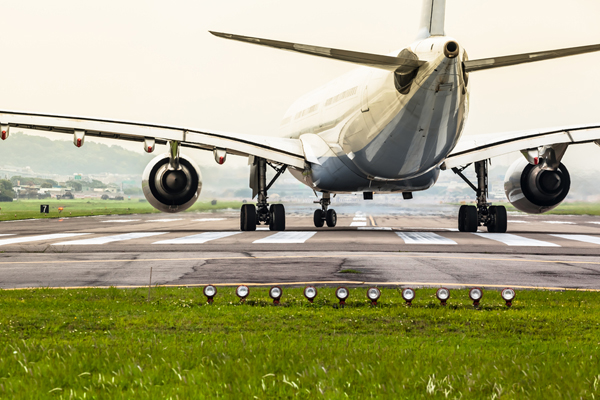The aviation industry is facing significant challenges as a recent report highlights ongoing aircraft delivery delays.
Supply chain disruptions have caused a forecasted five per cent drop in short-term aircraft deliveries until 2027.
Aviation analytics firm, Cirium, has projected a troubling five per cent drop in aircraft deliveries from 2024 to 2027, attributed to ongoing supply chain issues. The report suggests a critical impact on the delivery schedules of many airlines globally. Component shortages are cited as a major contributor to these delays, highlighting the industry-wide challenge faced by Original Equipment Manufacturers (OEMs).
As of now, there are 26,100 aircraft in service, marking a five per cent increase since January 2020. The rise in numbers is primarily due to the operation of single-aisle aircraft, which have seen a 13% increase.
Conversely, twin-aisle aircraft numbers are three per cent lower than pre-pandemic levels. Regional jets are down by eight per cent, and turboprops have seen the largest reduction at 13% below pre-pandemic levels.
Single-aisle aircraft are set to lead the industry’s growth, expecting an annual growth rate of 3.9% over the next two decades.
Such growth is contrasted by twin-aisle aircraft, which are projected to grow at a slower rate of 3.3% annually, as the long-haul traffic recovery lags post-pandemic.
Regional aircraft show a modest expected annual growth rate of 0.8%, reflecting the varied recovery rates within different segments of the aviation industry.
The forecast indicates that Asia will be a key region, taking almost 45% of global aircraft deliveries in the next 20 years. Notably, China is projected to account for nearly 20% of this growth, rivalling North America’s contribution.
The growth of commercial aviation in India will also be significant, with an increase in passenger aircraft from 720 at the end of 2023 to over 3,800 in two decades.
These statistics underscore a shift in global aviation focus towards the Asian markets, driven by burgeoning demand.
Amidst these challenges, airlines continue to invest in newer, more efficient aircraft to renew and expand their fleets. This strategy is aimed at meeting both growth demands and sustainability targets.
Cirium’s head of consultancy, Rob Morris, remarks on the competitive landscape for manufacturers, noting the necessity for balancing fleet expansion with emission reduction goals.
The industry is increasingly challenged by the need to balance fleet growth with sustainability. The drive towards newer aircraft reflects a commitment to reducing unit emissions and achieving net-zero targets.
This balance is crucial as manufacturers aim to deliver efficient aircraft that meet the evolving environmental standards and expectations of a greener aviation future.
The pursuit of sustainability is a key factor influencing current and future aircraft manufacturing and delivery strategies.
In conclusion, while the aviation industry is poised for growth, it remains encumbered by supply chain issues impacting delivery schedules. Addressing these challenges is paramount to meeting future demands.
The outlook for global fleet growth remains optimistic despite current delivery challenges. Focusing on strategic supply chain improvements will be essential for airlines and manufacturers to meet future demands.

